Newest
-
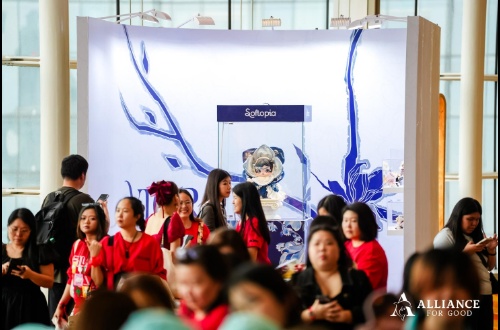
Bell Rings, Drums Roll - 2026 Beijing New Year Countdown Event to Welcome the New Year Across the City
-
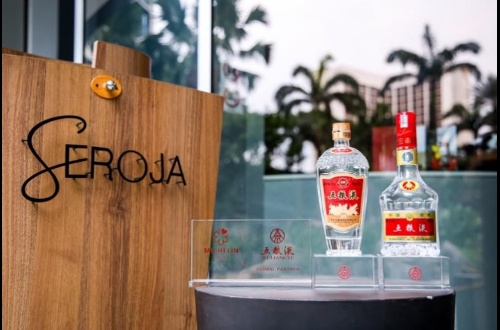
Wuliangye's Influencer Dining in Singapore: A Symphony of Nanyang Charm and Rich National Fragrance
-

Nurturing New Quality Productive Forces: How China's A-Share Market is Shaping the Future of the Nation's Economic
-
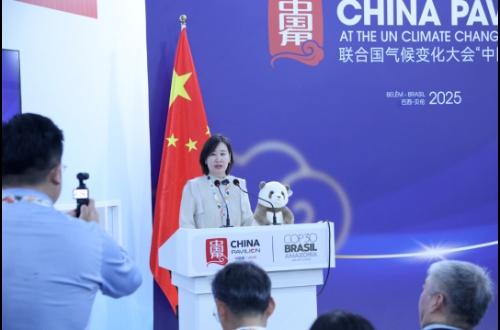
White Panda Appears at COP30, Tongyi Petrochemical Calls for Attention to Climate Mutation
A world exists within Chinese medicines, and Chinese medicines exist throughout the world
 2024-03-21
2024-03-21
How did a book on a Chinese medicine travel the world across ten languages?
A brief introduction to the book: “Chinese Medicinal Identification: An Illustrated Approach"
Edited by Prof. Zhao Zhongzhen and Prof. Chen Hubiao, “Chinese Medicinal Identification: An Illustrated Approach" is based on years of scientific research combined with field research. Rooted in a systematic global market investigation, it combines detailed photos and text to illustrate the key identifying characteristics of 429 commonly used Chinese herbal medicines, integrating traditional experience and terminology with a modern scientific understanding.
The preface of the book describes the evolution of traditional medicine, helping readers to advance their understanding of its development in China and other cultures. By broadening their horizons and gaining a deeper understanding of the special characteristics and value of Chinese medicine, readers can apply these insights in their practice.
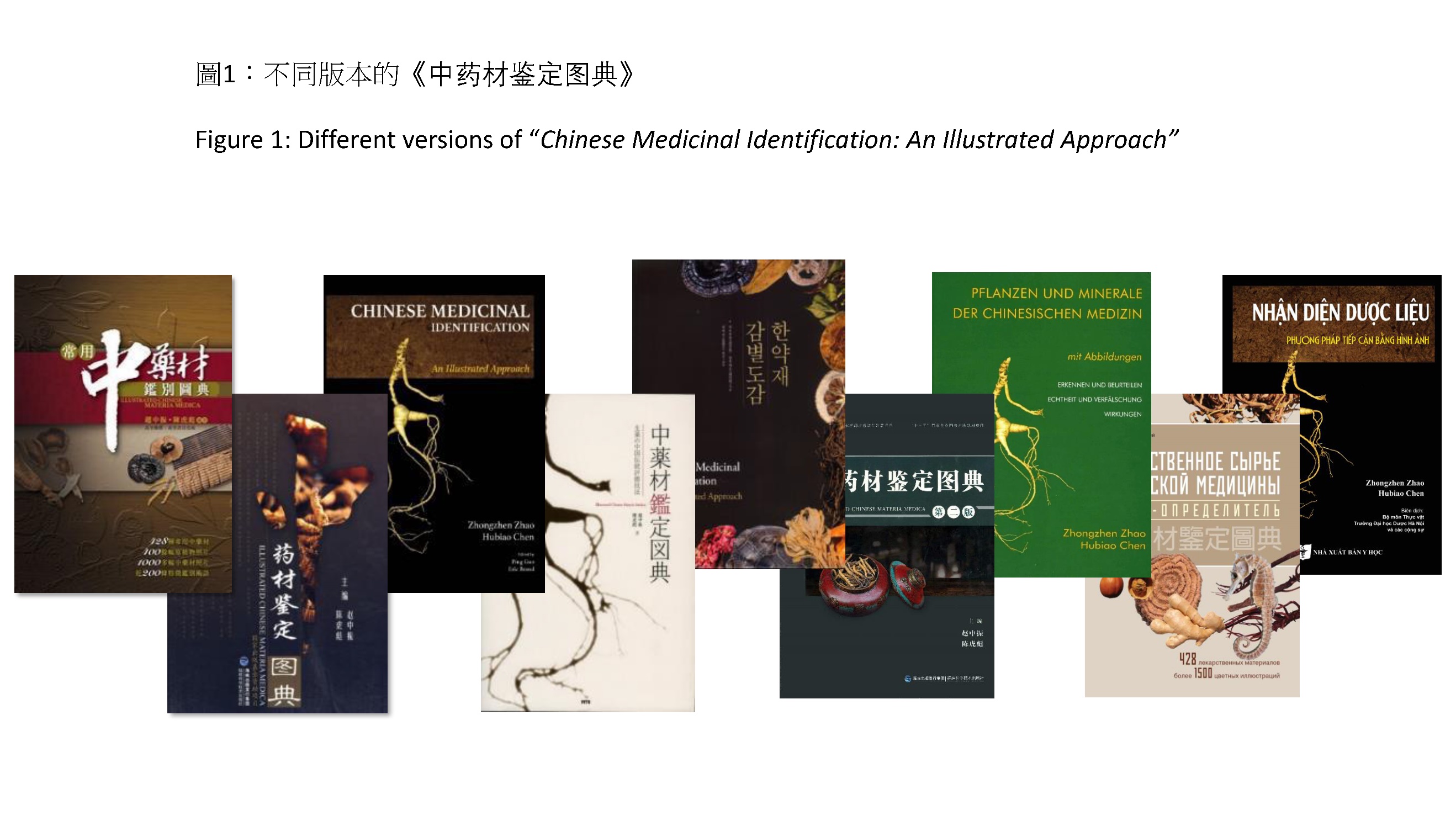
Figure 1: Different versions of “Chinese Medicinal Identification: An Illustrated Approach”
The author
Prof. Zhongzhen Zhao received his bachelor's degree from the Beijing University of Chinese Medicine in 1982, his master's degree from the China Academy of Traditional Chinese Medicine in 1985, and his doctorate from Tokyo Pharmaceutical University in 1992. He was the Associate Dean and Chair Professor of the School of Chinese Medicine at Hong Kong Baptist University, as well as a Distinguished Professor of the Beijing University of Chinese Medicine and the founding Director of the Institute of Materia Medica Research. He is currently a member of the Chinese Pharmacopoeia Committee, the American Herbal Pharmacopoeia Committee, and the International Advisory Committee of the Hong Kong Chinese Materia Medica Standards; he also serves as a Senior Chinese Medicine Consultant for the Department of Health in Hong Kong.
For more than 40 years, Dr. Zhao has been devoted to herbal medicine research. His research on herbal medicine has brought him to over 30 provinces throughout China, and more than 40 countries across all seven continents. In the professional community, he is regarded as an international messenger for the dissemination of Chinese medicine culture, and is often described as a “modern-day Li Shizhen”.
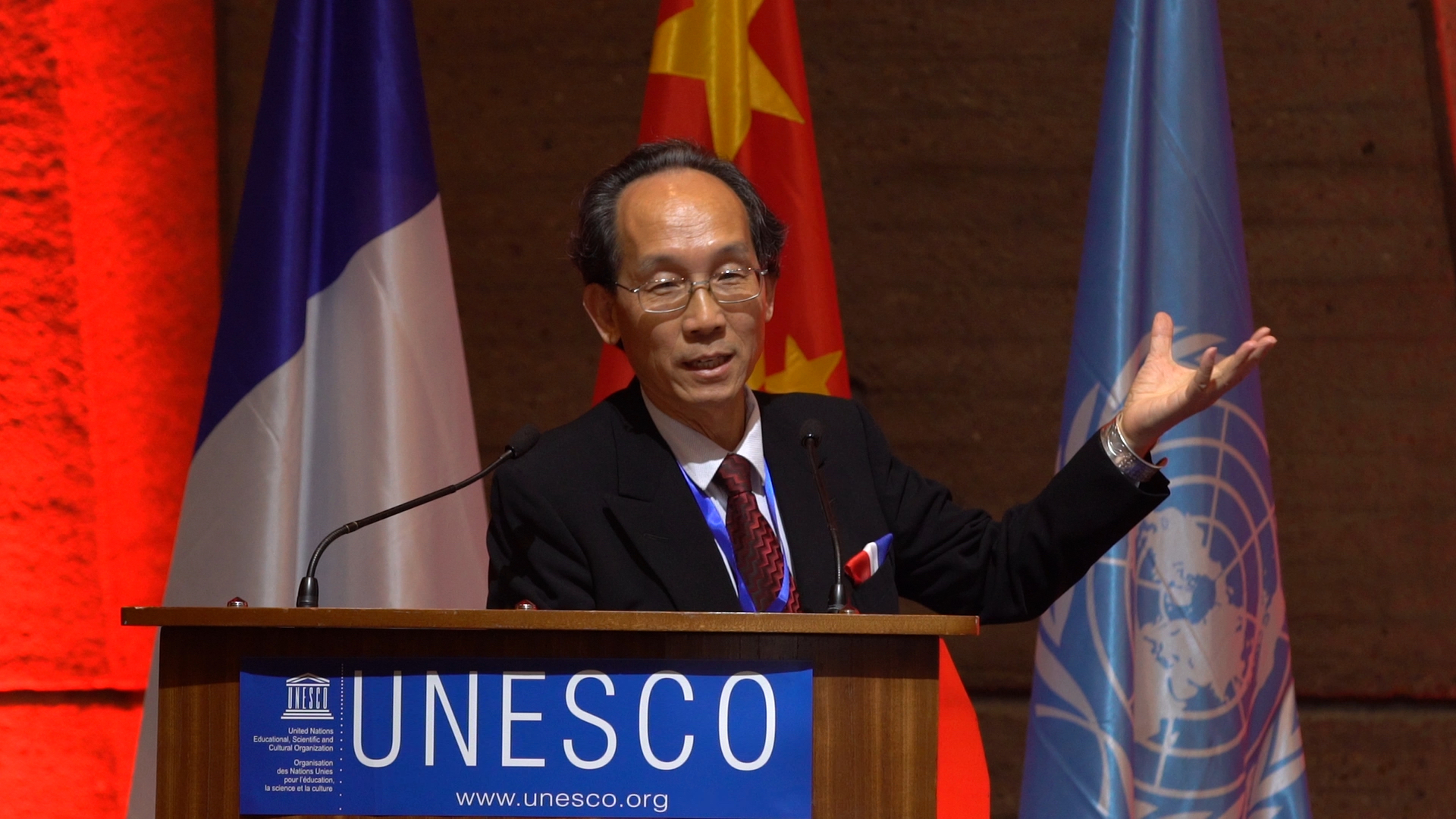
Figure 2: UNESCO Headquarters in Paris, France, 2018. Prof. Zhao Zhongzhen was invited to deliver a keynote speech in commemoration of the 500th anniversary of Li Shizhen
The Compendium of Materia Medica (Bencao Gangmu)
In 2018, Dr. Zhao delivered a special speech at the commemoration of the 500th anniversary of Li Shizhen's birth at the UNESCO headquarters in Paris. He emphasized that Li Shizhen is not only a treasure of China, but also a treasure of the world.
The Compendium of Materia Medica, Li Shizhen’s great Ming dynasty masterpiece, is honored on UNESCO's Memory of the World Register, along with the Yellow Emperor's Inner Canon (Huangdi Neijing); the two texts are the only medical works from China ever to be inscribed on UNESCO's Memory of the World Register. This honor highlights the depth of traditional Chinese medicine and its significance for global medicine.
The Compendium of Materia Medica covers the major issues of birth, aging, illness and death that Chinese people face across a day, a year, and a lifetime. From ancient times to the present, people of all cultures can benefit greatly from it. It is both a pinnacle of early science as well a practical treasure trove.
In 2015, Prof. Tu Youyou won the Nobel Prize for her research on artemisinin to treat malaria, which attracted widespread international attention. This important achievement was directly inspired by ancient Chinese medical texts. During the COVID pandemic, Chinese medicine played an important role, with an increasingly prominent role in prevention, treatment and health care.
Chinese medicine is a treasure of Chinese culture and an important aspect of traditional medicine throughout the world. From Shennong's Classic of Materia Medica two thousand years ago to today's Chinese Pharmacopoeia, the recognition and demand for TCM is evident by its inclusion in overseas pharmacopoeias (such as the United States Pharmacopoeia and the European Pharmacopoeia), as well as its growing use by acupuncturists and herbalists throughout the Western world.
The readers
This is book is widely appreciated by readers worldwide who are involved in the TCM education, research, development, testing, clinical practice, and trade. Presented in an illustrated manner, this book will benefit both professionals and the public alike, with appeal to both teenagers and seniors.
Its Impact
In addition to the authoritative perspectives from its author, Chinese Medicinal Identification has been widely welcomed because it reflects the demand for Chinese medicine in the international market, as well as the popularity of a return to nature across society. As the stress and side effects of modern lifestyles become more pronounced, there is a growing interest in and demand for traditional medicine.
The translators
Traditional and Simplified Chinese versions of Chinese Medicinal Identification have been published and reprinted; the English version was translated by Dr. Eric Brand, a sinologist and Chinese medicine practitioner. The text has subsequently been translated into ten languages, including Russian, German, Japanese, Korean, Portuguese, and Vietnamese, each translated by authoritative experts in their countries and published by local publishers.
The translations have all been conducted by impressive scholars. The Japanese version was translated by Yukihiro Goda, who led experts and university professors from Japan's National Institute of Health, and took two years to complete. Prof. Paul U. Unschuld and his wife Dr. Ulrik Unschuld, both renowned German sinologists, translated the German edition in two years.
The Russian version was prepared by a team of experts from the Komarov Botanical Institute of the Russian Academy of Sciences, and was published by the St. Petersburg University Press. The Korean version was prepared by Dr. Seong of the Korea National Institute of Food and Drug Safety Evaluation (KNIFDSE), along with additional experts.
Publishing organizations from different countries have been involved in the translation and publication process, including the Japanese National Institute of Health, the Korean Pharmacovigilance Agency, the University of St. Petersburg, and the Institute of Materia Medica of Germany, further highlighting the importance and international recognition of the book.
Currently, the translation by the Malaysian Traditional Medicine Board and the Arabic version are in progress, and the Portuguese version is expected to be published in 2024.
Materia Medica Without Borders
Prof. Zhao Zhongzhen is committed to promoting the culture of traditional Chinese medicine. He initiated the Materia Medica Cultural Project on the 500th anniversary of Li Shizhen's birth (2018) and has launched a series of scientific research, teaching and cultural promotion activities at home and abroad.
Prof. Zhao Zhongzhen's new work "Zhongzhen Discusses the Compendium of Materia Medica" was published in 2023. This set of illustrated popular books uses Chinese medicine as a starting point, based on the Compendium of Chinese Medicine, and was awarded the top prize as a "Popular Science Book of Traditional Chinese Medicine in 2023" by the Chinese Society of Traditional Chinese Medicine, and the "Top Ten Books in 2023" by the Joint Publishing Group. Currently, English and Japanese versions of the book are in the process of translation.
Recently, the large-scale documentary film "Kam Wah Chung" (English version), which was directed by Huan Yiping and supervised by Prof. Zhao Zhongzhen, was broadcast on China’s International Television Network (CGTN). The film won several awards for the best documentary short film, including at the New York State International Film Awards, Paris International Film Awards, and London Film Awards. “Kam Wah Chung" is a part of the large-scale documentary "Materia Medica Without Borders", which tells the story of Chinese medicine among overseas Chinese across the Belt and Road.
Materia medica represents the discipline of traditional pharmacy. The title of “Materia Medica Without Borders" has three dimensions of meaning and connotation. First, there is "no borders" geographically, it expands in space, crossing the East and the West, representing the expansion of the influence and spread of TCM. Secondly, "without borders" implies crossing beyond time, traversing from the past and present, symbolizing the long history of Chinese medicine. Thirdly, it is the integration of multiple disciplines.
By telling the stories of Chinese medicine among overseas Chinese across the Belt and Road, this documentary shows the influence and value of Chinese medicine on the international stage.
Looking back at history, foreign medicines have always been an important part of the kingdom of Chinese medicine. Many of these medicines have names such as "Hu", "Xi", "Fan", etc., and most of them originate from foreign cultures, including Chinese medicine and food. The use and exchange of Chinese medicine transcends its own boundaries. The Compendium of Materia Medica contains about 10% of all foreign medicines. Many Western herbs are also included in the Chinese Pharmacopoeia, such as echinacea, evening primrose, digitalis, and aloe vera.
Therefore, it can be said that there is a world among herbs and Chinese medicines among the world. Prof. Zhao Zhongzhen is full of hope for the future development of Chinese medicine: "Viewing the world, the seeds of Chinese medicine have been sown to the world, may the flowers of Chinese medicine bloom all over the world."
Company:Institute of Ben Cao Gang Mu
Contact Person: Liang Li
Email: liangrb.ll@gmail.com
Website: NA
Telephone: +852-68430582
City: Hong Kong
